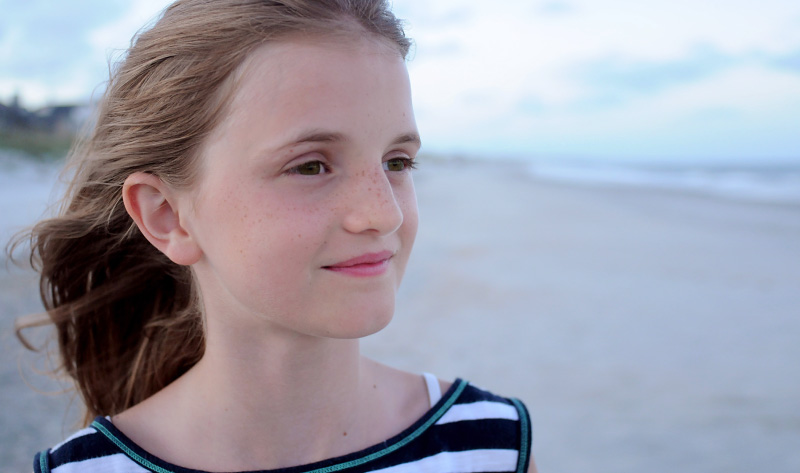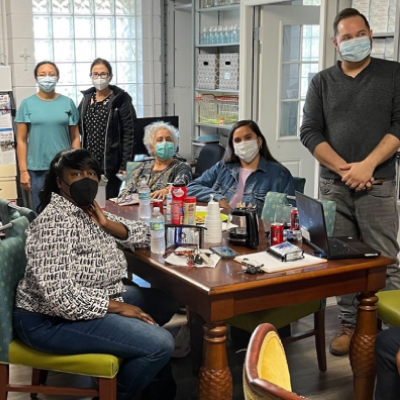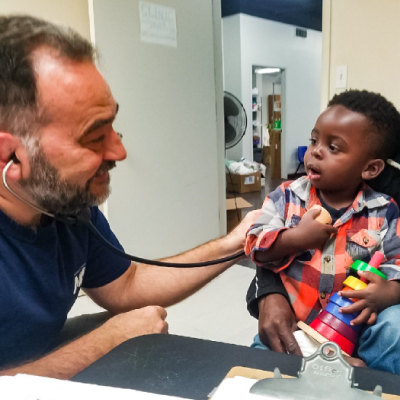- Who We Are
- Clinician Employment
- Publications
- Witness to Witness (W2W)
- Kugel & Zuroweste Health Justice Award
- Your Voice Matters: Photovoice Project
Thu, 09/23/2021 | by Kaethe Weingarten

These are some action steps adults can take:

[Editor’s Note: September is Suicide Prevention Month. This blog post is offered by Kaethe Weingarten, PhD, Director of Witness to Witness at MCN.]
In the last few months, I have been shaken over the unprecedent tragic increase in child attempted and completed suicides among youth, even in cohorts of five- to 12-year-olds, one facet of a larger mental health crisis for youth, especially youth of color. Data from CDC WISQARS found a 280% increase in completed suicide rates from 2008 to 2018, and a 454% increase in rates of self-harm in that same period for children ages five to 12. While the pandemic has certainly exacerbated the problem, most people agree it also exposed a pre-existing problem.
At Witness to Witness, we believe strongly in moving from empathy to action, from compassion to advocacy. So what can individuals and communities do? Whether we are parents ourselves, teachers, or clinicians working with parents, there is plenty we can do.
These are some action steps adults can take:
- I take as a first premise that a child who makes a suicide attempt or completes a suicide has been unhappy for a while and/or they are periodically emotionally dysregulated by events that happen at home, with friends, at school, or in the wider community. If the former, then there are signs an adult can notice beforehand and actions that can be taken. Related resource: Children and Suicide from the Centre for Suicide Prevention
- In the US, guns and over-the-counter medications are the most commonly used methods of suicide attempts by youth. For younger children, the most prevalent method used is hanging/strangulation/suffocation. This difference in method has important ramifications. We can encourage parents to safely store guns and medication and keep these items away from children and youth. For younger children, given the method, adults need to be aware that when a child has had a particularly disturbing experience, like bullying at school or reading a nasty social media post, a child may act impulsively and self-harm. Related resource: Suicide Safety: Precautions at Home from the American Academy of Child & Adolescent Psychiatry
- Listen to children. When I was a child in school in the 1950s it was not uncommon to hear a parent or teacher say to an upset child, “If you make yourself a target, you are going to get hit.” The locus of blame and responsibility for change was placed squarely on the child. There was no apparent awareness of the harm of bullying or the responsibility parent, teachers, the school community as a whole and the local community as well had to directly address bullying of all kinds. Any child could be, can be, bullied, but some children are more often targeted depending on the social norms of their local community. Children have always had differences. Some differences get targeted more than others. Children we now label neuro-diverse, gender fluid, LGBTQI+ or differently abled are more likely to be targeted. In some communities, class, ethnicity and/ or race are markers that are used to target children. Targeted children often do not share their experience for fear that they will be blamed, shamed, ignored or dumped on. Please, really listen and do not judge what the child says. Related resource: Suicidal Thoughts and Depression in Children: How to Know and What to Do If Your Child Has Suicidal Thoughts
- Parents can encourage children to develop relationships with adults so that if a child feels unable to turn to a parent or teacher in a crisis, there are other trusted adults who they can go to. I have always been heartened by the findings of the Kauai Longitudinal Study, the only study to date that has studied children from infancy to mid-life. Of the 698 children they studied, 210 had grown up with many adverse childhood conditions. Of this group, one-third matured into competent and caring adults with no mental health issues and no criminal behavior. Every one of these 40-year-olds mentioned one factor as having been key to their emotional survival: There had been one adult -- not necessarily a family member -- who had clearly communicated to them that they were not to blame for the problems they experienced, that adversity need not be permanent, and that setbacks in one area could be offset by something going well in another. In other words, the presence of one adult who truly listened or, in the parlance of W2W, who compassionately witnessed that young person, made a significant difference in their trajectory.
- My fifth action step is to help children see that the negative experiences they have are likely connected to wider cultural and political issues of our day and that although they are sad and angry about what is happening to them individually, it is likely happening to others who fit a similar category. For many children, helping them see that they are in a group that is targeted can provide needed perspective. For some children they may also be able to mobilize a desire to reach out to other children “like them” to stick together, be active on behalf of each other and to inspire each other to support causes of special interest to them. Mobilizing activism can be protective for some – but not all-- youth. Related resource: 5 Things Digest: Clinical Practice Transformation Team, from the National Training & Technical Assistance Center
- Respected figures, like teachers, have an important role to play in asserting the worth and dignity of all of their students against the often-disparaging contexts of their school, community, and national worlds. Teachers of color play a particularly significant role for children of color. That is one reason why states that are passing laws that prohibit teaching about race and ethnicity will be so destructive to all children and youth. Some of these laws are forcing the resignations of teachers and administrators committed to teaching about race but are now facing angry parents and community members blocking their efforts. It is helpful when respected figures identify and name forces that undermine children; preventing teachers from doing so removes a layer of protection from children and youth.
- Considering mental illness is also important. Some children who are sad are actually depressed and suffering from a mental illness. There are a number of signs that an adult might notice, for instance frequent crying, difficulty concentrating in school, losing interest in previously enjoyed activities, and nightmares. If an adult notices these kinds of signs, it is important to directly ask a child if they are thinking of hurting themselves. Of course this has to be done sensitively, with attunement, and at a time that the child can pay attention to you. Many websites are available to coach adults through helping a child who they think may be suicidal. These websites provide specific suggestions about signs to look for, how to set the context for a conversation, what questions to ask and then what professional resources are available to help. (These are listed below.)
With all the best intentions and efforts in the world, a child might, nonetheless, self-harm or commit suicide. That is tragic. Adults who know the child likely will blame themselves, even if they did everything possible. Our minds seem to go towards guilt. There are support groups for adults when a child has died and these can be very helpful.
In sum, my personal philosophy and that which undergirds the Witness to Witness program is that there are always actions we can take to move from helplessness about big issues to feeling capable to make a difference in our local worlds. As we say all the time, small actions need not be trivial.
Resources
Centre for Suicide Prevention’s page on children and suicide:
https://www.suicideinfo.ca/resource/children-and-suicide/
The American Foundation for Suicide Prevention’s project to reduce suicides:
http://afsp.org/american-foundation-suicide-prevention-launches-project-2025/
The National Action Alliance for Suicide Prevention:
http://actionallianceforsuicideprevention.org/about-us
Center for Suicide Prevention and Research:
https://www.nationwidechildrens.org/research/areas-of-research/suicide-prevention-and-research
Now Matters Now covers skills for coping with suicidal thoughts:
https://nowmattersnow.org/about
The Jed Foundation empowers teens and young adults with skills and support:
http://jedfoundation.org
Centre for Suicide Prevention’s page on children and suicide:
https://www.suicideinfo.ca/resource/children-and-suicide/
The American Foundation for Suicide Prevention’s project to reduce suicides:
http://afsp.org/american-foundation-suicide-prevention-launches-project-2025/
The National Action Alliance for Suicide Prevention:
http://actionallianceforsuicideprevention.org/about-us
Center for Suicide Prevention and Research:
https://www.nationwidechildrens.org/research/areas-of-research/suicide-prevention-and-research
Now Matters Now covers skills for coping with suicidal thoughts:
https://nowmattersnow.org/about
The Jed Foundation empowers teens and young adults with skills and support:
http://jedfoundation.org
Got some good news to share? Contact us on our social media pages above.
Return to the main blog page or sign up for blog updates here.







